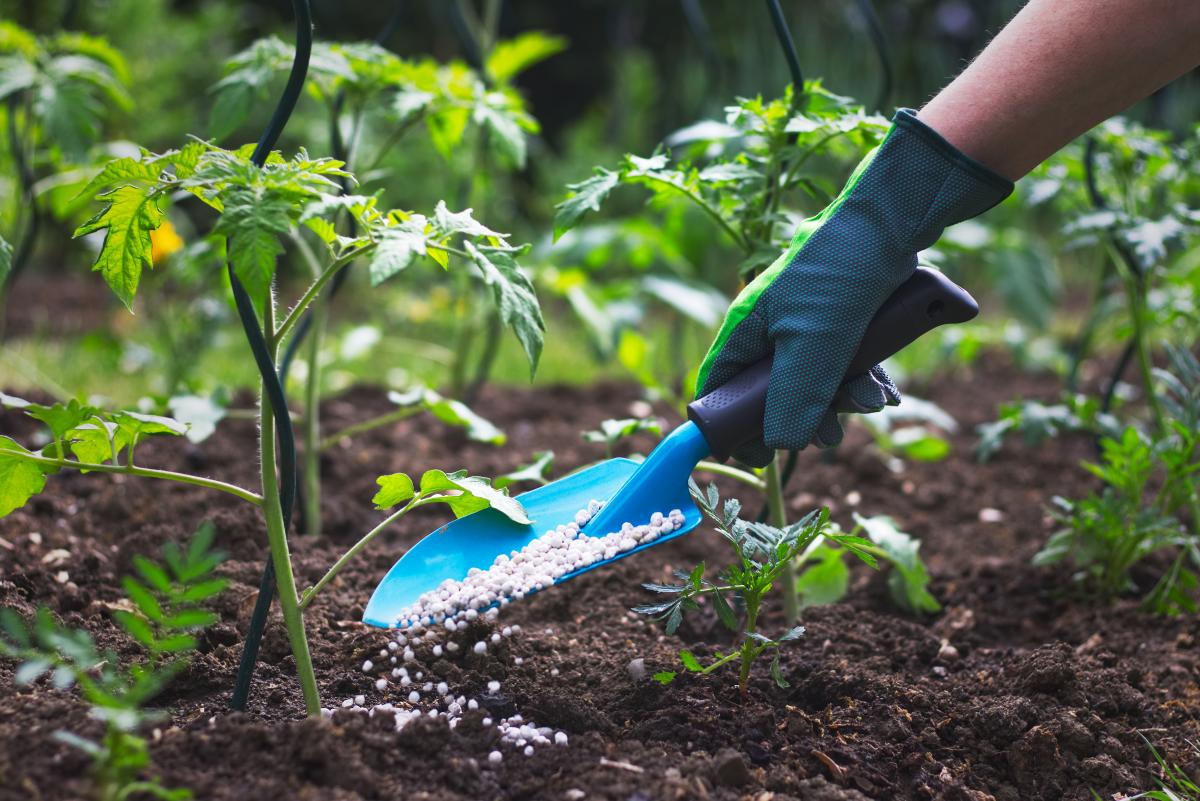High Fertilizer Costs May Slow Soy Expansion in Brazil in 2022/23

Brazilian soybean farmers have expanded their soybean acreage for 15 years in a row, but any potential expansion in 2022/23 may be one of the smallest in recent memory.
The consulting firm Itau BBA is estimating that the Brazilian soybean acreage will increase only 0.5% in 2022/23. For the 2021/22 growing season, the soybean acreage in Brazil increased 3.8% to 40.7 million hectares (100.5 million acres).
The reason for their low estimate is the high cost of converting pastures to row crop production or the clearing of new land for row crop production. Virtually all the soybean expansion in Brazil is occurring in the cerrado areas of central and northeastern Brazil by the conversion of pastures or clearing of new land.
Most of the pastures that are converted to row crop production are degraded pastures. These pastures may have been in use for generations with minimal added fertilizers or none at all, so they generally have low fertility, low productivity, and probably low pH values.
In their native state, the cerrado soils of central Brazil have virtually zero phosphorus and potassium, so to convert these pastures to row crops, farmers must apply agricultural limestone to raise the pH and large amounts of phosphorus and potassium for the first several years at least.
Prior to the recent increase in fertilizer prices, Itau BBA estimated that the cost of converting a hectare of degraded pastures to row crop production was approximately R$ 3,000 per hectare or approximately $148 per acre. With the current high fertilizer prices, their estimate has now increased to R$ 7,000 per hectare or approximately $566 per acre.
The cost of clearing new land for row crop production is even higher especially if the land must be purchased. These conversions generally take place during the peak of the dry season – June-July-August, so the delivery window for fertilizers needed for new soybean production could close in a few months. In addition to the elevated cost of fertilizers, there are additional concerns if the needed fertilizers will even be available regardless of price.
Read also
Wheat in Southern Brazil Impacted by Dry Weather and Frosts
Oilseed Industry. Leaders and Strategies in the Times of a Great Change
Black Sea & Danube Region: Oilseed and Vegoil Markets Within Ongoing Transfor...
Serbia. The drought will cause extremely high losses for farmers this year
2023/24 Safrinha Corn in Brazil 91% Harvested
Write to us
Our manager will contact you soon



